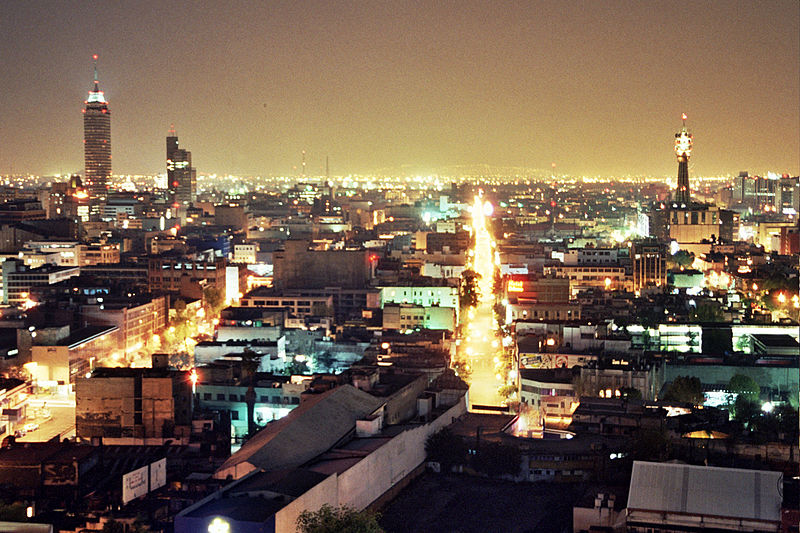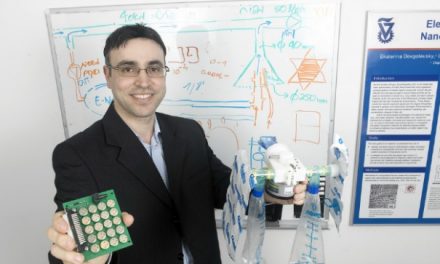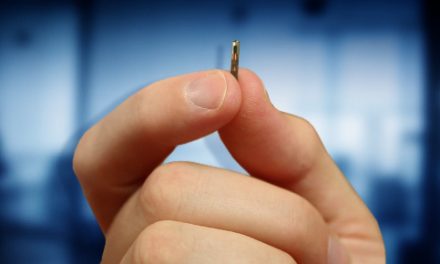I had to share this story, which is a follow up on the many missing and dead doctors in recent days. As hundreds of thousands of you read my latest piece about 3 dead doctors found here in Florida (all found in under 2 weeks) and my other article about the 2 currently missing (where I mentioned these 3 additional missing Mexico doctors) I felt you deserved this update:
Mexico’s ‘Dead’ Doctors
Written by Jeremy Kryt for Daily Beast
Charges of another tainted investigation in a high-profile kidnapping case threaten the government’s credibility—in the state where 43 missing student teachers rocked Mexico.
“I look at deceased people in the morgue all the time,” Omar said, “and the corpses [the DA] showed us had clearly been dead for weeks. But Marvin and the others were only missing for a few days.”
“Marvin had no criminal record of any kind, and he hadn’t received any threats,” said his father. “He’d just graduated from medical school a few months ago. All we want is to get him back alive,” said Hernandez, 53, as outraged doctors, nurses, and relatives at the protest continued to cry out for “Justicia!”
On June 24, authorities reported the discovery of several badly decomposed corpses in the chaparral-covered mountains, some 80 miles north of Xolapa. The deceased were found in the bed of an abandoned blue-gray Ford Ranger, and covered with a tarp. The first reports mentioned five bodies in the pickup truck. But by the time the bodies reached the morgue in Chilpancingo, there were only four—the same number, conveniently, that had gone missing the week before.
And the missing corpse was just the beginning of the mystery: In the back seat of a taxi cab, parked close to the Ranger, investigators also found a state police shirt, undershirt, and a police utility belt.
Despite the strange circumstances, and without conducting a formal inquest, Guerrero District Attorney Miguel Angel Godínez summoned relatives of the missing medicos to inspect the remaining cadavers found in the truck. More than a dozen people from the respective families filed into the morgue with Dr. Hernandez’s father—and they all rejected the state’s proffered corpses as belonging to their loved ones.
In the absence of forensic evidence, or a positive ID—and ignoring the police accoutrements found at the crime scene—DA Godínez declared the probe complete.
The families aren’t buying the prosecutor’s story.
“The version presented by the DA’s office is not the truth,” said Hernandez, a compact, wiry man with a sun-creased face. “We don’t want to create a controversy [for the government]—we just want our loved ones back alive.”
Like his father, Dr. Marvin Hernandez is on the short side, about 5 feet 7 inches. The body the state presented to Hernandez was about 6 feet tall—and much more robust than the slender physician. The remains presented to the other families as belonging to their loved ones also bore no resemblance to the missing. One was covered with tattoos, another had dentures, the third a beard and long hair.
Photos of Marvin and the others show them to be clean cut and professional-looking young men, with healthy teeth and tattoo-free.
But the most telling difference was the advanced state of decay witnesses reported—and that the corpses produced by the state had been exhumed from another site.
“We’re not a bunch of dumb hillbillies,” said Omar Hernandez, Marvin’s cousin, who accompanied his grieving uncle to the protest in the state capital. A defense lawyer in Acapulco, Omar was also the first family member notified of the newly discovered bodies on June 24.
“I look at deceased people in the morgue all the time,” Omar said, “and the corpses [the DA] showed us had clearly been dead for weeks. But Marvin and the others were only missing for a few days.
“None of the evidence we’ve seen would hold up under a thorough, honest investigation.”
Two days after the failed identification session at the morgue, DA Godínez—who has previously been accused of having links to organized crime—announced that genetic testing had confirmed that the corpses were those of the health-care workers.
“Those doctors have already been found,” said Godínez, when The Daily Beast met with him in his book-lined, air-conditioned office. “DNA samples were taken and tested positive. The families don’t want to accept the results—but there’s no question that it’s [the missing doctors].”
Godínez was wearing a satiny shirt with the top three buttons open across his bare chest; his hair was heavily gelled into place. He said he has no idea who might have killed the doctors, or why. “I’m working with a very limited budget here,” he complained. “We’ve had over a thousand murders so far this year [in Guerrero]. I just don’t have the resources to solve them all.”
Godínez declined to provide The Daily Beast with the official autopsy reports in the Hernandez case. Families of the four victims also say they were never given the results of the DNA analysis, or copies of the forensic results. Withholding of such evidence constitutes a breach of legal protocol in Mexico—but the prosecutor’s office declined a request for comment on the lack of shared documentation.
Meanwhile, Godínez’s decision to halt the search for the missing men has sparked a wave of marches and demonstrations by doctors, nurses, and lab technicians across Guerrero—as the medical community protests the lack of safety for their personnel.
Overall, violence against medical workers has spiked recently across Mexico. In just the last three weeks, at least six health-care professionals were killed, wounded, or abducted—including a prominent surgeon who was gunned down outside his home last week in the neighboring state of Morelos.
A new study by Mexico’s National Security Council reveals that some 75 percent of public-service physicians across nine states report being subjected to armed assault, extortion, vehicle theft, and other forms of violence. For the health-care workers of Guerrero, the missing Hernandez party is just the latest example of the risks posed by organized crime in this lawless region.
“Unfortunately, there’s a precedent for this kind of thing in Mexico,” attorney Omar Hernandez told The Daily Beast after a press conference with the doctors’ families in the blocked-off street outside the municipal palace.
“Our concern is that the [Guerrero] attorney general’s office is manipulating the case,” he said. “We don’t know if it’s a political maneuver, an error, or if they’re trying to cover something up. All we know is that they’re telling lies.”
It’s not just the victims’ relations who are concerned. Both the governor’s office and the state congress have expressed their doubts about Godínez’s conclusions—and ordered the search for the disappeared doctors to be renewed.
Congressional leader Bernardo Ortega even went so far as to dress down the embattled DA on the floor of the state legislature last week, ordering him to use all tools necessary to “search for the missing alive… rather than seek out what appears to be unlikely and unbelievable evidence for their deaths.”
Because of the signs possibly linking the state police to the crime scene—and because they feel the prosecutor has already “washed his hands” of the case—the victims’ families aren’t putting their faith in the local authorities. They’ve already petitioned the Argentine Forensic Anthropology Team (EAAF) to take up the case.
This won’t be the first time the EAAF has been called in to study a mysterious mass abduction in Mexico. The South American super-sleuths were also tapped by the families of the 43 students who disappeared in Iguala.
Marvin Hernandez’s cousin Omar said he sees a disturbing likeness in the two cases:
“The abuse of power committed by the authorities is very similar to what happened [in Iguala]. Once again, there’s every indication of official corruption,” the lawyer said. “And, once again, human rights are being trampled by the state.”
Standing outside the capitol, he pulls up a photo of Marvin on his cellphone. It’s a closeup shot of better days, the promising young doctor grinning into the camera—and Omar’s voice turns shaky as he views it.
“How can we put our trust in government officials,” he said, “if they won’t be honest with us?”












